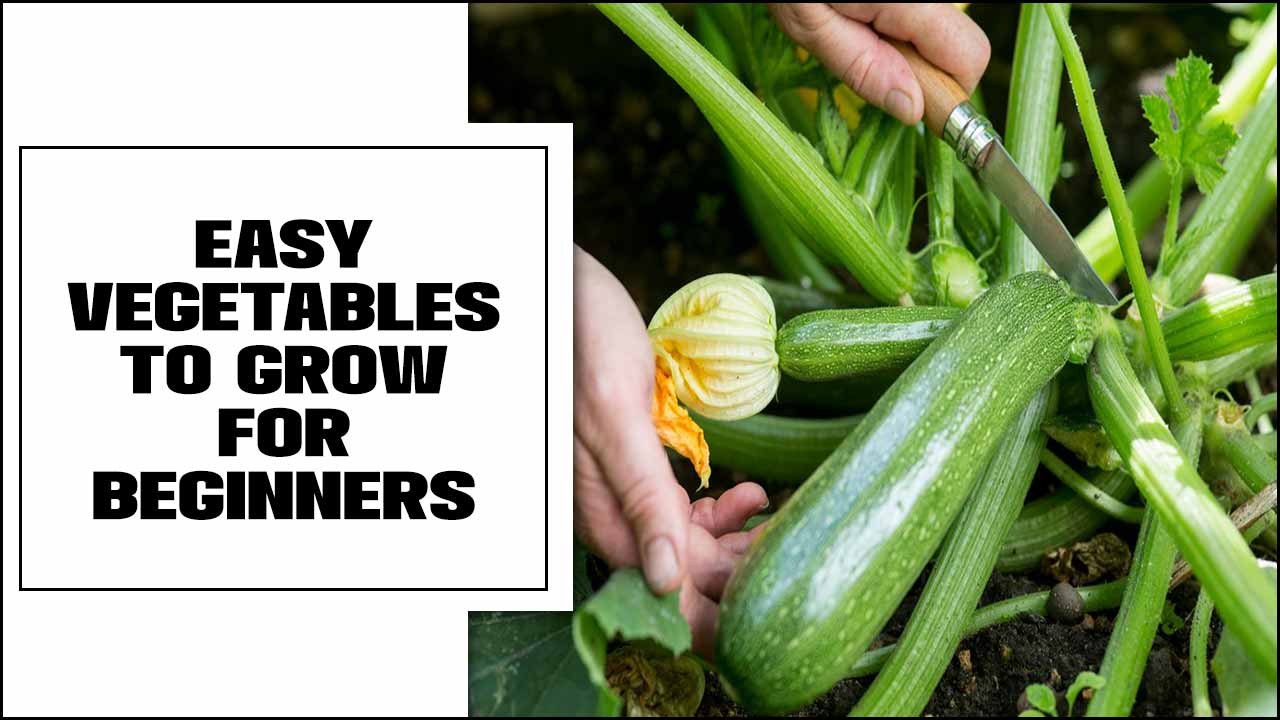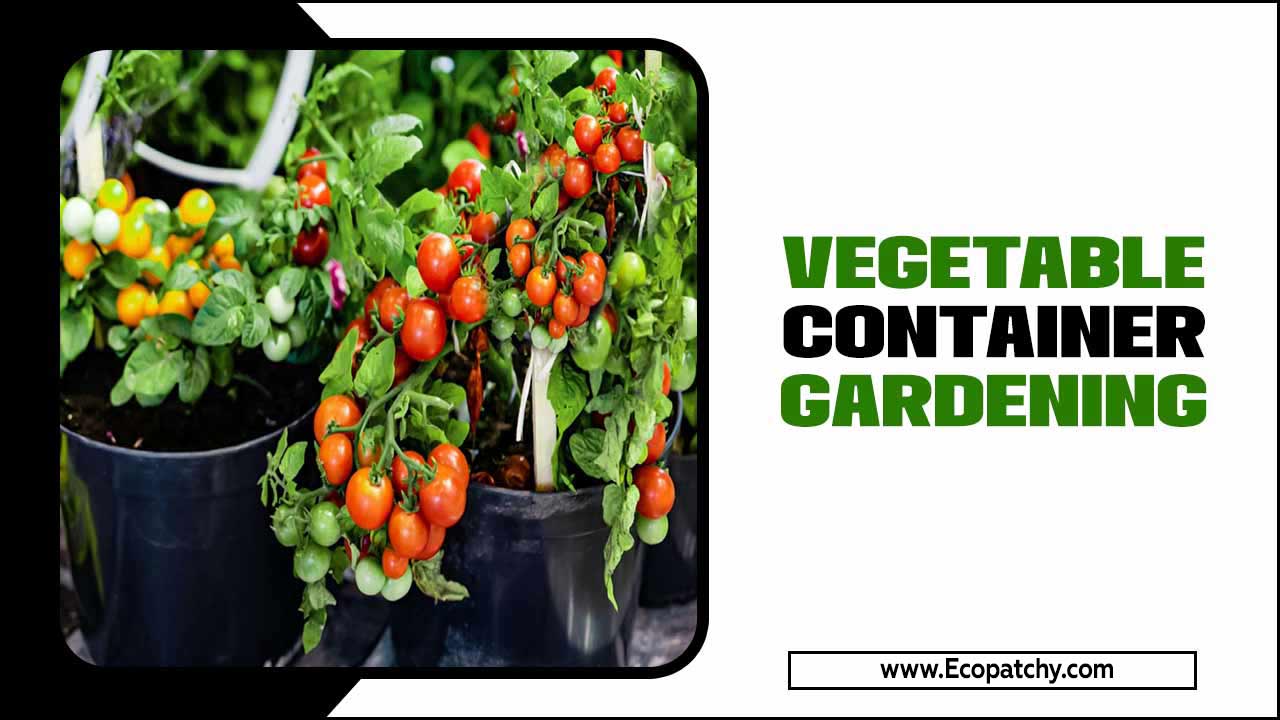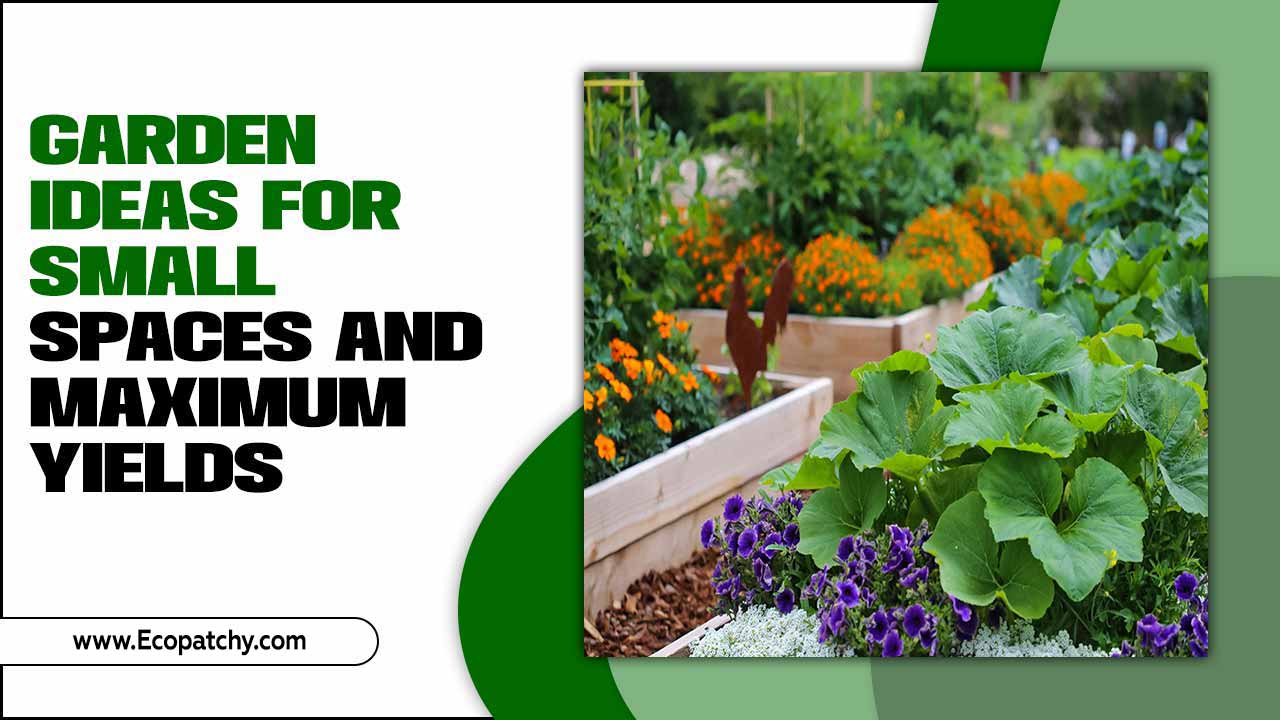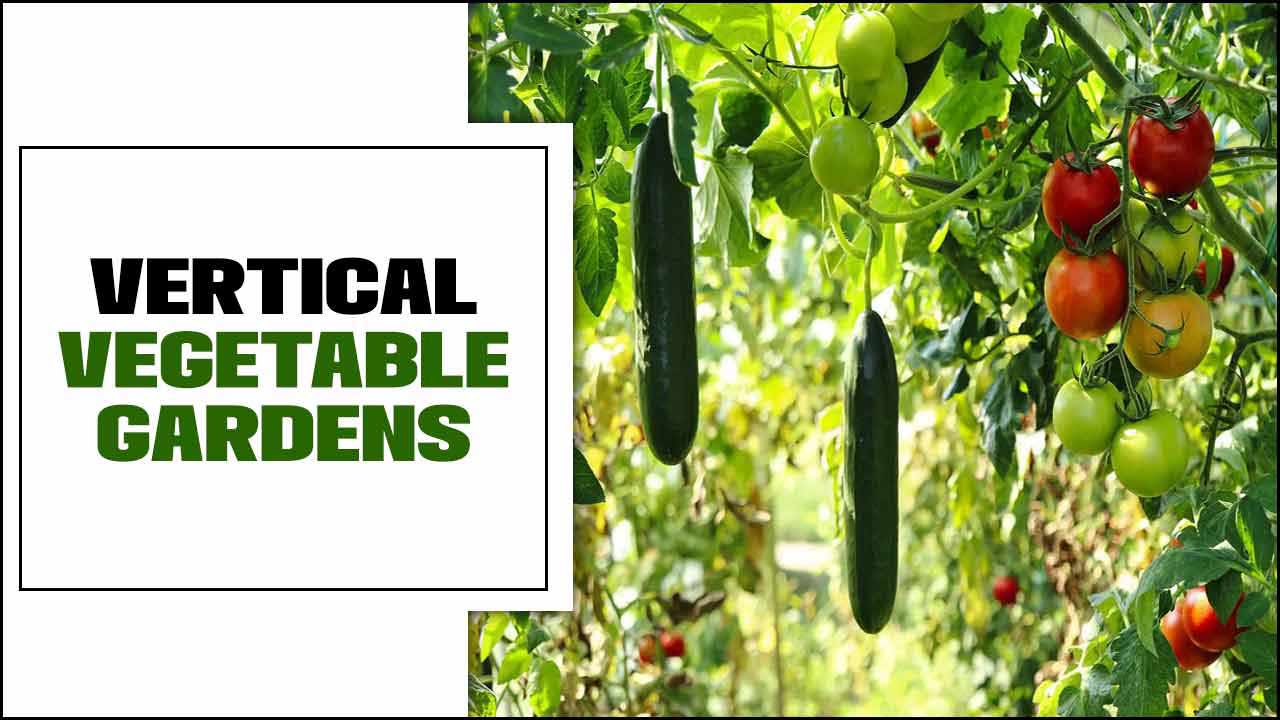A vegetable garden is not only a beautiful addition to any backyard, but it also provides a source of fresh and nutritious produce. However, the thought of planning and starting a vegetable garden can be overwhelming for many.
With so many different types of vegetables, varying soil conditions, and unpredictable weather, it can be challenging to know where to begin. That’s why having a solid plan in place is essential for a successful and thriving vegetable garden.
We will guide you on how to plan a vegetable garden in the right way, from choosing the right location and preparing the soil to selecting the right vegetables and maintaining your garden throughout the growing season.
Whether you are a beginner or an experienced gardener looking to improve your techniques, following these steps will help you create a bountiful and beautiful vegetable garden that you can be proud of.
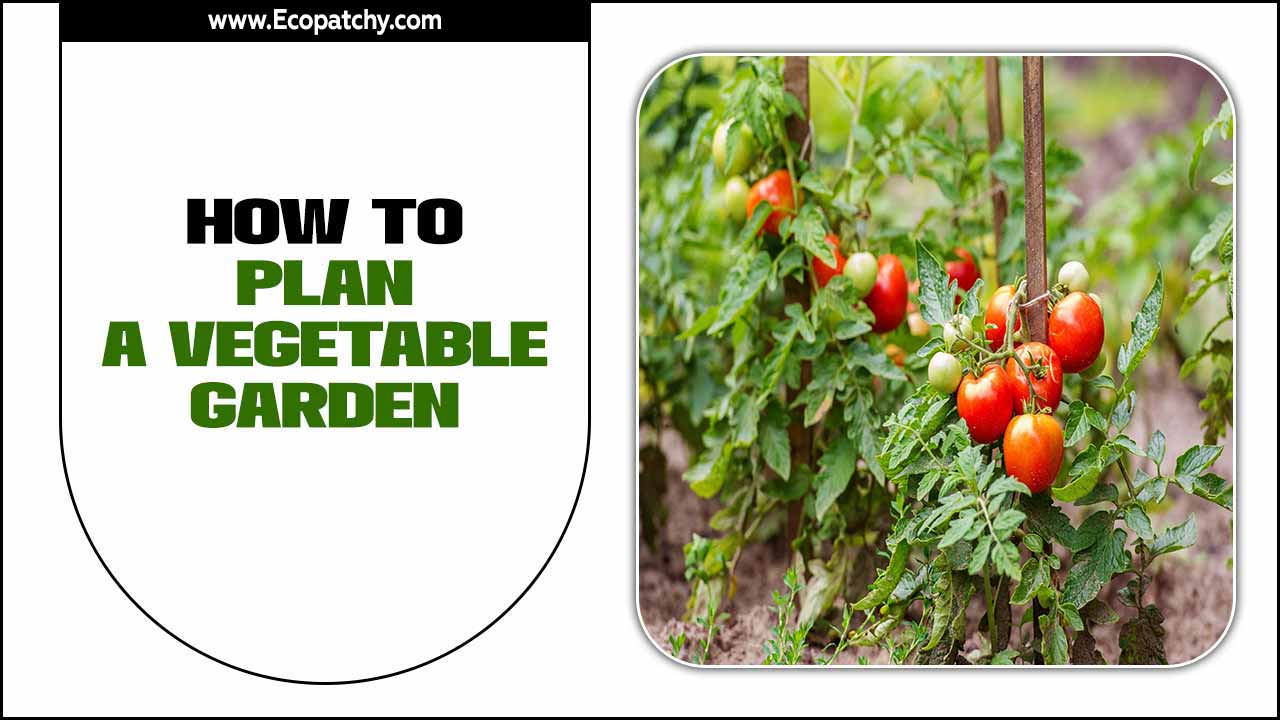
How To Plan A Vegetable Garden In 12 Easy Steps
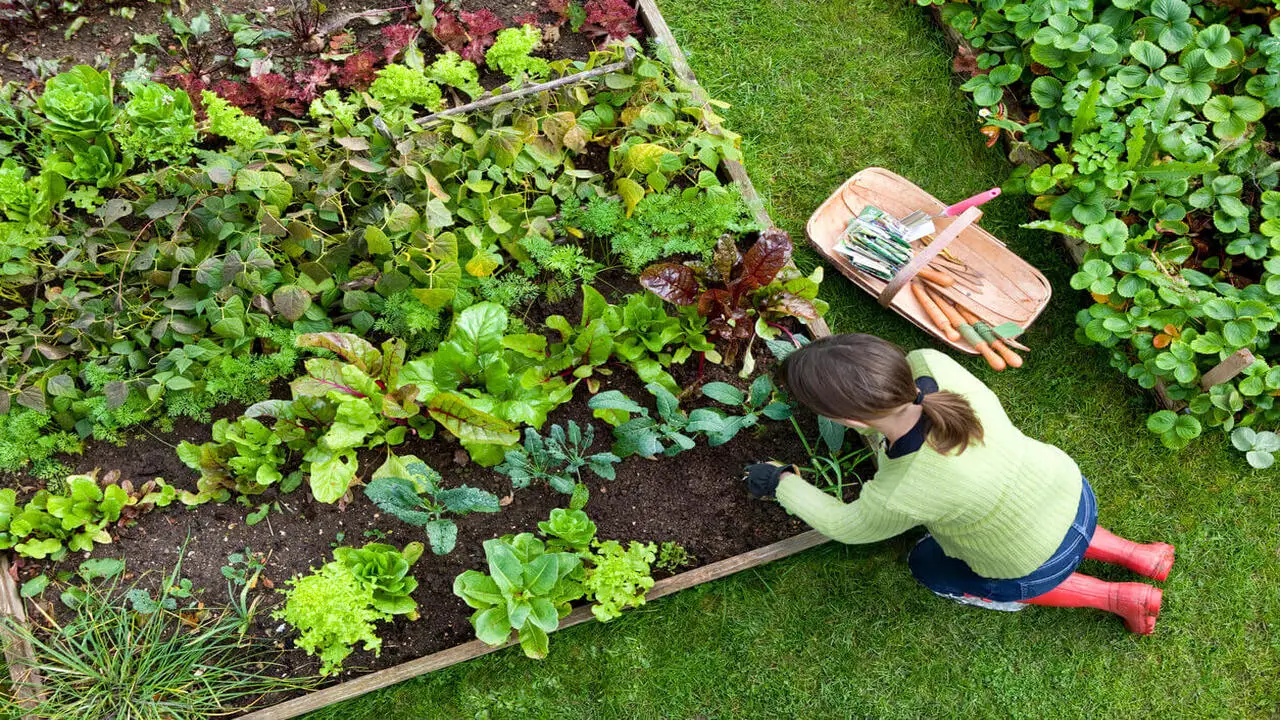
Knowing how to plan a vegetable garden is of utmost importance for several reasons. Firstly, proper planning ensures optimal use of space and resources, resulting in a well-organized and efficient garden. By carefully considering factors such as sunlight exposure, soil quality, and companion planting, gardeners can create an environment that promotes healthy growth and high yields. Here we will give you 12 Steps to help you to plan a vegetable garden.
1.Use Nutrient-Rich Soil
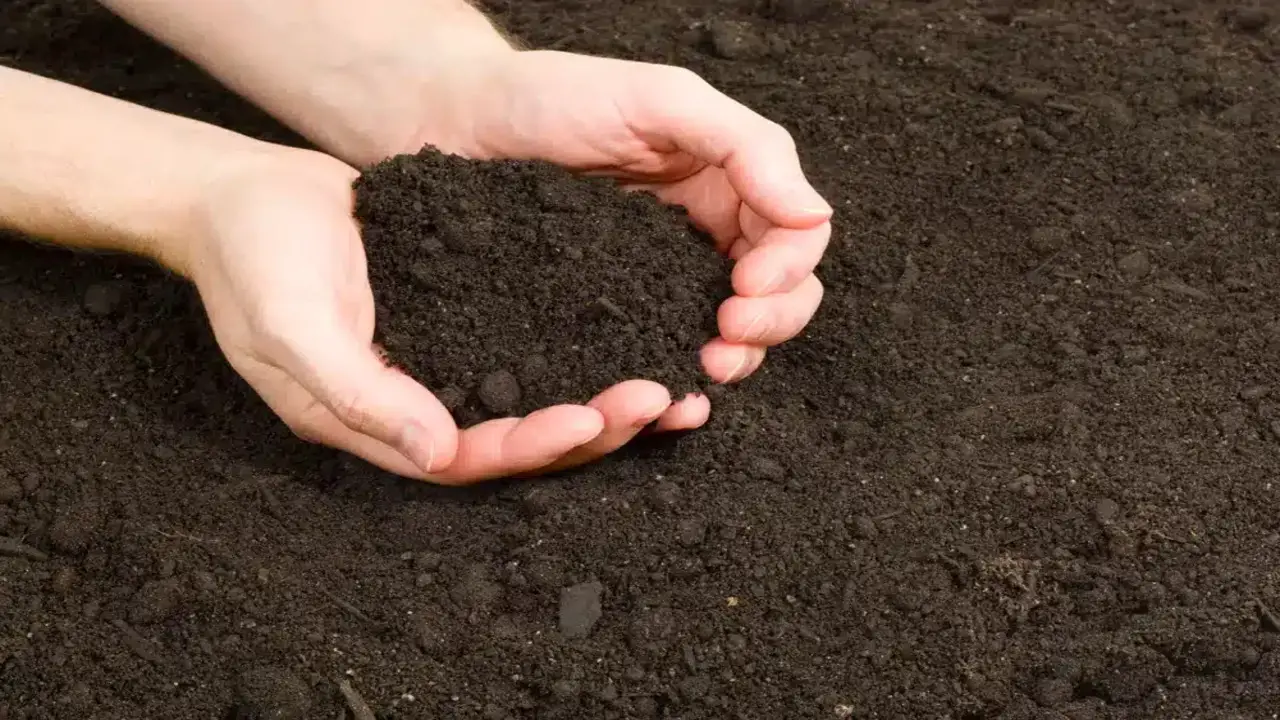
Regarding planning a vegetable garden, one of the key factors to consider is the use of nutrient-rich soil. Nutrient-rich soil is essential for the healthy growth and development of vegetables, providing them with the necessary minerals and organic matter they need to thrive. To begin, it is important to assess the existing soil in your garden. Conduct a soil test to determine its composition and nutrient levels.
This will help you understand any deficiencies and make informed decisions on how to improve it. If your soil lacks essential nutrients, you can amend it by adding compost, aged manure, or other organic matter. These additives will not only enhance the nutrient content but also improve the soil’s structure and drainage.
2.Test For Proper Drainage
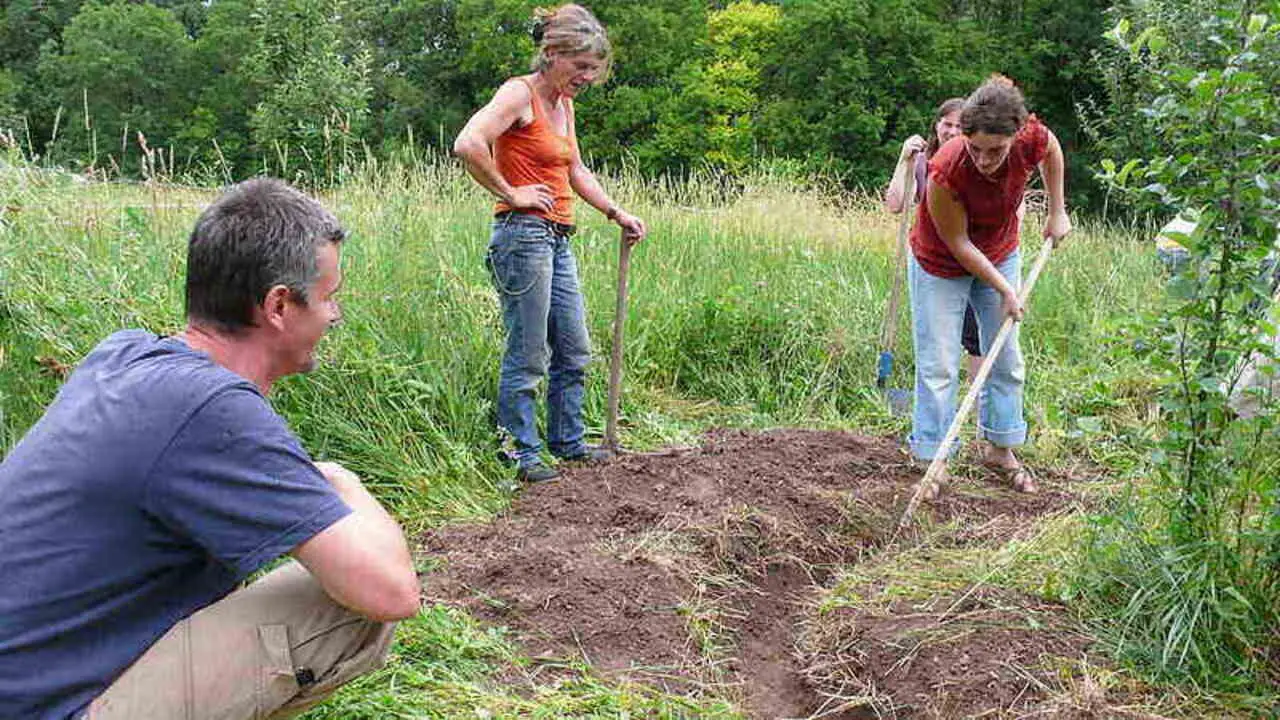
When planning a vegetable garden, it is crucial to ensure proper drainage to promote healthy plant growth. Conducting a test for proper drainage is a vital step in the planning process. In order to determine the drainage capacity of the soil, it is recommended to perform a percolation test.
This test involves digging a hole in the designated area and filling it with water. Observing the rate at which the water drains is essential in gauging the soil’s ability to absorb and drain excess moisture. To begin the test, dig a hole approximately one foot deep and wide.
Next, fill the hole with water and allow it to settle overnight. The next day, observe the water level and any remaining water. If the water level has significantly decreased or if the hole is nearly empty, it indicates good drainage.
3.Find Out Your Zone
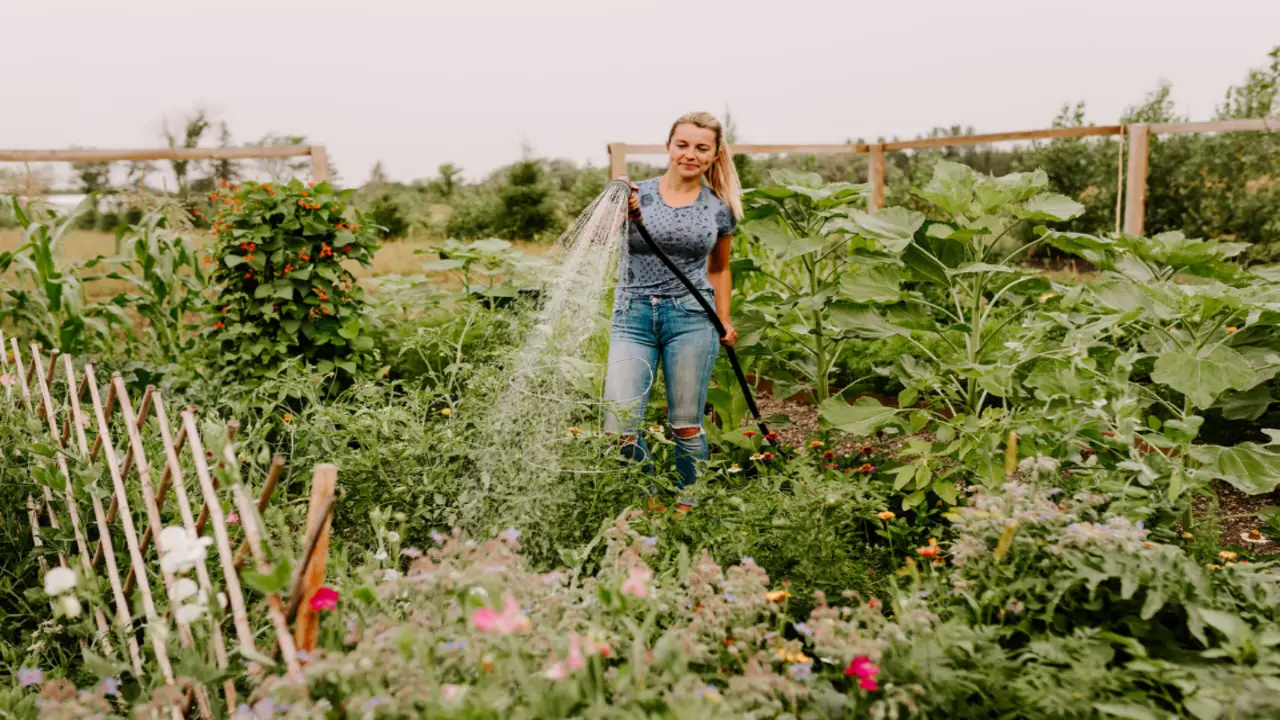
When you are considering starting your own vegetable garden, it is crucial first to find out your zone. Determining your gardening zone is essential for the successful planning and cultivation of vegetables.
Each zone is characterized by its unique climate and weather patterns, which greatly influence the type of vegetables that can be grown and the optimal planting times. By identifying your gardening zone, you can make informed decisions about which vegetables to grow and when to plant them.
4.Consider Sun And Shade Requirements

When planning a vegetable garden, it is essential to consider the sun and shade requirements of the plants you intend to grow. Sunlight is crucial for most vegetables as it provides them with the energy they need to carry out photosynthesis and produce a bountiful harvest.
Therefore, it is important to choose a location for your garden that receives at least six to eight hours of direct sunlight each day. This will ensure that your plants thrive and reach their full potential. it is equally important to consider the shade requirements of certain vegetables.
Some plants, such as lettuce and spinach, prefer cooler temperatures and can even tolerate partial shade. These shade-loving vegetables can be strategically placed in areas of your garden that receive less direct sunlight or are shaded by taller plants or structures.
5.Understand The Different Types Of Vegetable Plants
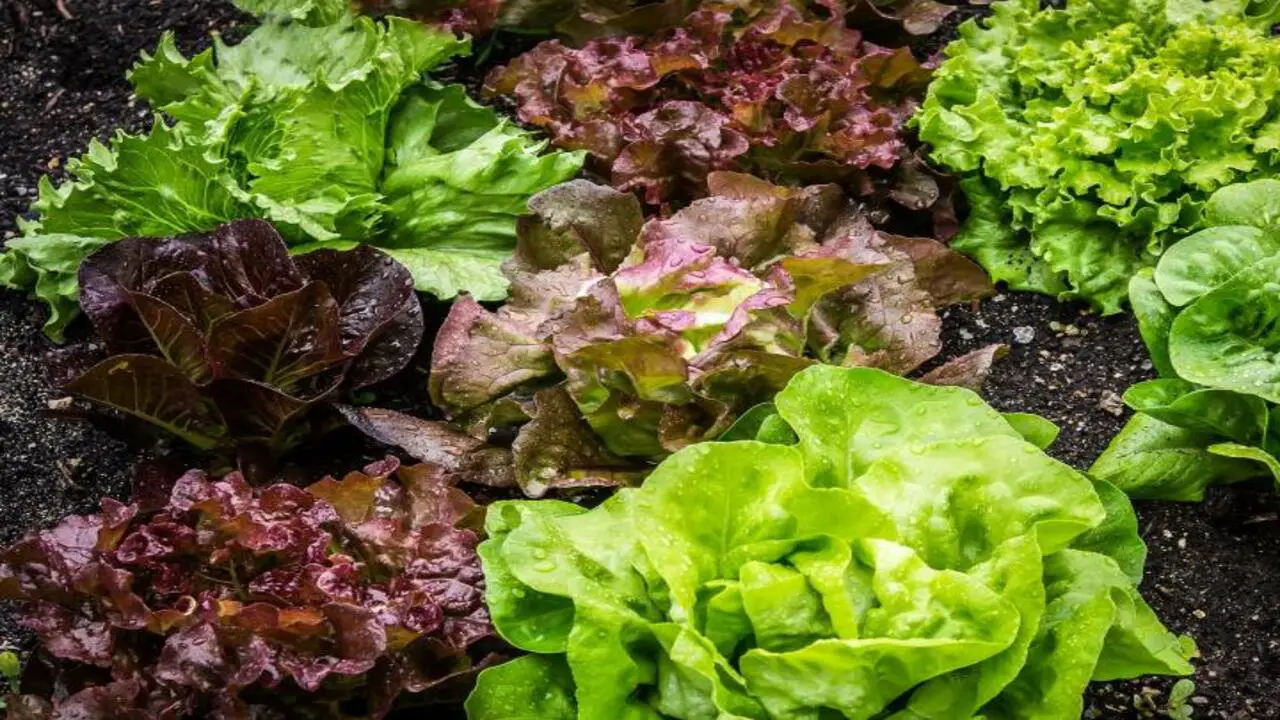
When planning a vegetable garden, it is crucial to have a comprehensive understanding of the different types of vegetable plants available. This knowledge will enable you to make informed decisions about what to include in your garden and how to optimize its layout and productivity. To begin, familiarize yourself with the various categories of vegetable plants.
These can be broadly classified into root vegetables, leafy greens, legumes, nightshades, and cruciferous vegetables. Each category has its unique characteristics and requirements, such as the need for specific soil conditions, sunlight exposure, or watering schedules.
By understanding these distinctions, you can ensure that your garden accommodates the varying needs of different plants and creates a harmonious growing environment.
6.Learn About Crop Timing
Regarding planning a vegetable garden, one important factor to consider is crop timing. Understanding the timing of planting, harvesting, and succession planting can greatly enhance the success of your garden. By strategically planting different crops at specific times, you can maximize your harvest and ensure a continuous supply of fresh vegetables throughout the growing season.
To begin, it is crucial to learn about crop timing. This involves researching the specific requirements of each vegetable you wish to grow. Some plants, like tomatoes and peppers, thrive in warm weather and should only be planted after the last frost date.
On the other hand, cool-season crops such as lettuce and spinach can be planted early in the spring or late in the summer for a fall harvest. By familiarizing yourself with the ideal planting times for each crop, you can ensure optimal growth and yield.
7.Consider Easy-To-Grow Varieties

When planning a vegetable garden, it is essential to consider easy-to-grow varieties. Selecting the right vegetables is crucial to ensure a successful and bountiful harvest. By choosing easy-to-grow varieties, gardeners can save time and effort while still enjoying the rewards of homegrown produce.
These varieties are typically resilient and require minimal maintenance, making them ideal for both experienced gardeners and beginners. To begin the planning process, it is essential to assess the available space and determine the desired yield.
Consider the layout of the garden and the amount of sunlight it receives throughout the day. This information will help determine which vegetables will thrive in the given conditions.
8.Estimate Mature Size
When planning a vegetable garden, one of the key factors to consider is the estimated mature size of the plants. This information is crucial as it helps determine the spacing requirements and overall layout of the garden bed.
Before starting the planning process, it is important to research and gather accurate data on the average size of each vegetable variety that you intend to grow. Estimating the mature size of the plants involves understanding their growth habits, including height, spread, and the spacing needed between each plant.
This information can usually be found on seed packets or in gardening references. By taking into account the mature size of the plants, you can ensure that they have enough space to develop fully and produce a bountiful harvest.
9.Map Out Your Plants

Regarding planning a vegetable garden, one of the most important steps is to map out your plants. This process involves carefully considering the layout and arrangement of your garden beds, taking into account factors such as sunlight exposure, soil quality, and the specific needs of each plant.
To begin, start by assessing the available space in your garden. Measure the dimensions of the area and consider any existing structures or obstacles that may impact the layout.
Next, determine the optimal placement of your vegetable beds based on the amount of sunlight they will receive. Most vegetables require at least six hours of direct sunlight each day, so it is crucial to design your garden in a way that maximizes sun exposure.
10.Get Your Hands Dirty

Planning a vegetable garden can be an exciting and rewarding endeavor for any aspiring gardener. However, before you get your hands dirty, it is essential to have a well-thought-out plan in place.
This article will guide you through the process of planning a vegetable garden, ensuring that you make the most of your space and optimize your harvest. The first step in planning your vegetable garden is to determine the size and location. Consider the amount of space you have available and the amount of sunlight your chosen spot receives.
11.Prevent Weeds

When planning a vegetable garden, it is important to consider several factors in order to prevent weeds and ensure a successful harvest.
One of the key steps in preventing weeds is proper planning and layout of the garden. Start by selecting a location that receives ample sunlight and has well-drained soil. This will not only provide the optimal growing conditions for your vegetables but also discourage weed growth.
Before planting, it is crucial to prepare the soil properly. Begin by removing any existing weeds or grass from the area. This can be done by manually pulling them out or using a hoe or shovel. Once the area is cleared, adding organic matter such as compost or aged manure can help improve the soil structure and fertility, making it less conducive for weed growth.
12.Deter Pests And Animals
When planning a vegetable garden, it is essential to consider measures to deter pests and animals that may pose a threat to the health and productivity of the crops. Implementing strategies to protect the garden from unwanted visitors is crucial in maintaining a thriving and successful vegetable garden.
One effective way to deter pests and animals is to create physical barriers. Installing fences or netting around the garden can help prevent larger animals, such as deer or rabbits, from accessing the crops.
Additionally, using row covers or individual plant cages can protect against smaller pests like insects and rodents. These barriers not only serve as a deterrent but also provide a physical barrier that prevents the pests from reaching the plants.
Conclusion:
Creating a vegetable garden is not a task to be taken lightly. It requires careful planning and consideration in order to yield a successful and thriving garden. Creating a vegetable garden requires careful planning and consideration.
By following these steps and utilizing the resources available, you can design and implement a successful vegetable garden. Remember to choose the right location, consider your climate and soil conditions, and select the best plants for your garden.
With dedication and patience, you can enjoy a bountiful harvest of fresh, homegrown vegetables. If you read the above outline properly, we hope now you understand how to plan a vegetable garden.
FAQ:
1.What Factors Should I Consider When Planning A Vegetable Garden?
Ans: When planning a vegetable garden, consider factors such as sunlight exposure, soil quality, available space, and water accessibility. One of the most important aspects to keep in mind is the amount of sunlight exposure your chosen garden spot receives.
2.How Do I Choose The Right Vegetables For My Garden?
Ans: Select vegetables that are suitable for your climate and growing conditions, considering factors like temperature, frost tolerance, and the length of your growing season.
3.What Are Some Essential Steps In Planning A Vegetable Garden?
Ans: Start by sketching your garden layout, considering crop rotation and companion planting. Determine the appropriate spacing between plants and create a schedule for planting, fertilizing, and watering.
4.How Can I Maximize The Productivity Of My Vegetable Garden?
Ans: To maximize productivity, consider intercropping, succession planting, and using vertical gardening techniques. Regularly monitor for pests and diseases, and practice proper soil maintenance and weed control.
5.What Are The First Steps To Planning A Vegetable Garden?
Ans: To plan a vegetable garden, start by choosing the right location with adequate sunlight and good soil drainage. Next, determine the size of the garden and make a list of vegetables you want to grow.


